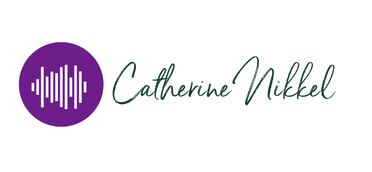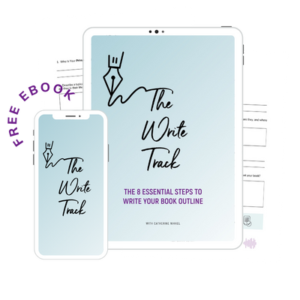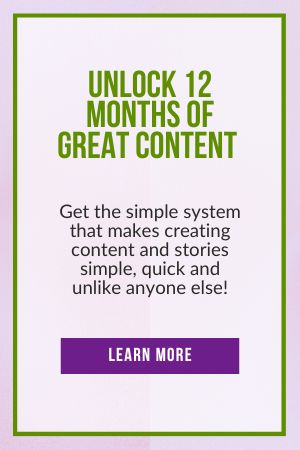Content marketing has exploded in importance and popularity over the past few years, but what does it entail? Do I need a content calendar?
At its core, content marketing focuses on creating, publishing, and sharing content online. Content marketing serves many purposes, with two key value points:
- The more quality content you have online, the easier it is for potential customers to find you
- It helps establish your expertise and thought-leadership in your given niche
This is why in today’s day and age, you’ll see even the most prominent companies that have been around for decades adopt blog pages and hire dedicated content writers to help expand this side of their business. Simply put, content marketing is essential!
The problem is that developing quality content ideas can take a lot of time and resources. But there’s a solution: to create a content calendar that will help you plan.
Before you get started, you want to think about things like:
- Your target audience
- Your angle, aka your unique selling proposition (USP)
- How often do you intend to post
- The best platforms for posting
Once those four steps are sorted out, it’s time to build your content calendar! The farther in advance you can create it, the better prepared you’ll be.
Here are Four Tips for Building your Content Calendar:
1. Choose Evergreen Topics
While there is something to be said for “hot topics,” creating evergreen content (aka will always be relevant) means you’ll have a bank of content that you can re-share or re-publish at any given time.
2. Research the Competition
When developing a content calendar, a vital strategy is to research the competition. What content speaks to you, and what lessons can you learn from their not-so-great pieces?
Figure out what works and doesn’t and adapt those practices for yourself.
3. Find Seasonal Topics
Each season has a range of topics that become timely. For example, content about preparing for the holidays or routines/tips for the holiday season can perform well in December. In the spring, popular topics might involve cleaning or clearing out spaces. Based on the season, you can find a unique angle that melds your business into a suitable topic for the season.
In addition, you can choose monthly content themes. For example, January could be about goal-setting, while July focuses on summer relaxation. Having a dedicated theme for each month can help you come up with more specific ideas instead of trying to come up with general content.
4. Analytics Are Your Best Friend
You want to make informed decisions when it comes to figuring out what you want to write about. When you’re more strategic with your content, it will help you generate more engagement, ultimately expanding your audience.
Using data, find out things like:
- What content generates the most likes/shares/reposts
- What content performs the best with your unique audience
- What topics resonate
- What format works best
- What titles are the most effective
Content marketing is all about timing, and while it’s great to have quality content, it won’t be as powerful if no one consumes it. So by planning your topics, researching the competition, and leveraging your analytics, you’ll be well to becoming a content rockstar!
Need some more help creating your content calendar? Please take advantage of my tested and proven content calendar here → Years’ Worth of Content
Resources
What type of Content Creator are you? Take the Quiz! – 4 different types of creators, which one are you?

Email: catherine@catherinenikkel.com
Need help telling your story in your own voice? Let’s make it happen. Schedule a consultation with me here
Catherine Nikkel is a content creator, ghostwriter and the founder of Mindful Media. She specializes in helping CEOs, entrepreneurs and influencers create copy that engages and converts. Her work has appeared in Forbes, Huffington Post, Yahoo!, Authority Magazine, FemFounder and more.






